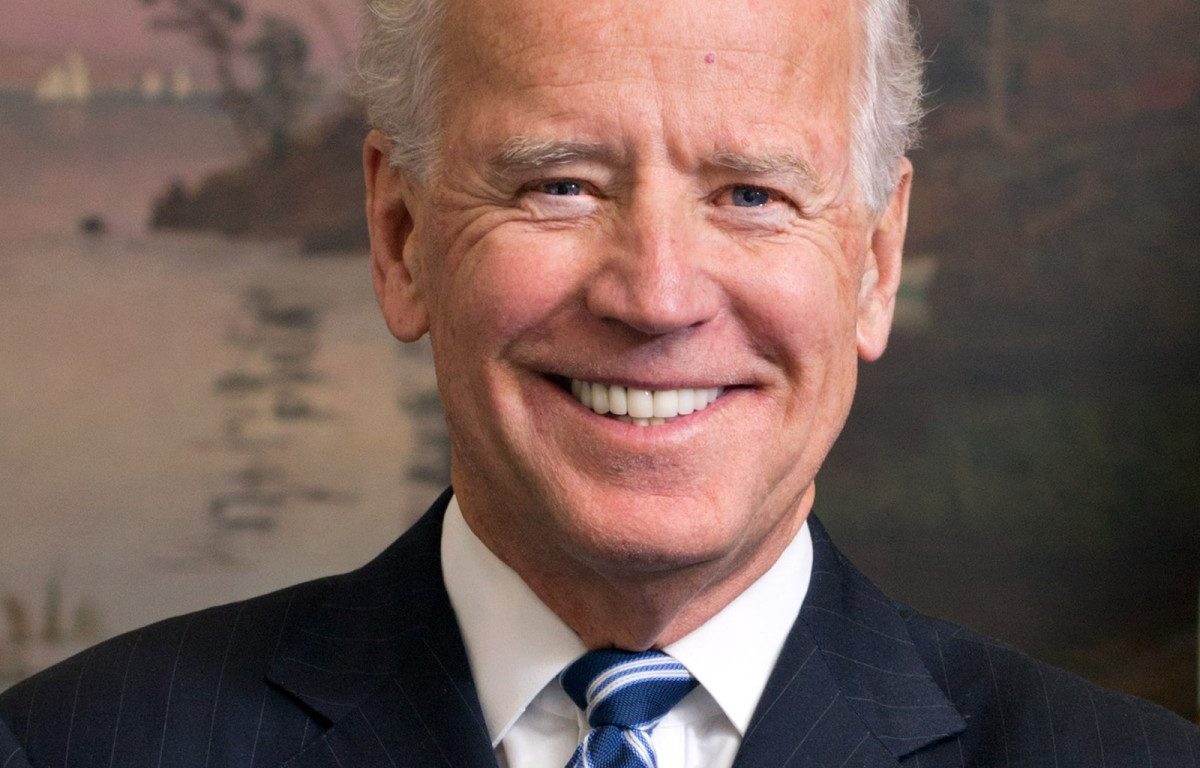President Joe Biden asked the Supreme Court on Aug. 23 to reinstate a $475 billion student loan relief plan two weeks after an appeals court blocked the program.
The government’s emergency application in the heavily litigated case was filed on Aug. 13 after the U.S. Court of Appeals for the Eighth Circuit on Aug. 9 temporarily paused the Saving on a Valuable Education (SAVE) plan while the litigation over it continues. The case before the Supreme Court is known as Biden v. Missouri.
The SAVE plan that Education Secretary Miguel Cardona first proposed in August 2022 would reduce monthly payments for millions of eligible borrowers and accelerate loan forgiveness for others. A reported 8 million borrowers have signed up for the program.
The SAVE plan wasn’t yet finalized in June 2023, when the Supreme Court struck down the federal government’s previous $400 billion student loan forgiveness plan in Biden v. Nebraska.
The Eighth Circuit found that Missouri and six other states challenging the plan would probably be able to prove that the plan violates the major questions doctrine. The doctrine requires courts to presume that Congress doesn’t delegate important policy questions to government agencies.
The circuit court’s sweeping, nationwide injunction temporarily prevents the federal government from forgiving principal or interest on outstanding student loans, blocks a provision halting interest from being calculated on loans, and pauses a provision allowing borrowers to make very low or zero monthly payments geared to income.
The Eighth Circuit’s order conflicted in part with a June 30 order by the 10th Circuit in Alaska v. U.S. Department of Education that temporarily allowed repayments geared to income to begin.
But then on Aug. 22, the 10th Circuit issued a new order in the Alaska case deferring to the Eighth Circuit and the Supreme Court while those courts attempt to resolve the dispute over the plan. The 10th Circuit order states that “in light of the Eighth Circuit’s injunction” the case of Alaska v. U.S. Department of Education that is pending in the 10th Circuit should “be abated until further order of this court.”
President Biden’s filing states that the 10th Circuit’s new ruling “to abate its own proceedings further confirms that this Court should vacate, or at a minimum narrow, the Eighth Circuit’s universal injunction” to allow the SAVE plan to move forward, either in full or in part.
The Eighth Circuit’s injunction “already nullified” the 10th Circuit’s order and gave the plaintiffs the relief they wanted, according to the brief that was presented to the Supreme Court by Solicitor General Elizabeth Prelogar.
The Eighth Circuit’s order halted consideration of the issues at hand by other courts, and “that is not how the judicial process is supposed to work.”
“One circuit should not be able to inhibit the development of ‘thoughtful precedent at the circuit level’ by issuing an injunction with universal reach in circumstances where more tailored relief would fully redress the plaintiffs’ asserted injury,’” the brief reads, citing a prior Supreme Court ruling.
Nationwide, or universal, injunctions, in which a court issues an injunction beyond the scope of the case before it, have been controversial in legal circles in recent years.
Justices Neil Gorsuch and Clarence Thomas have criticized nationwide injunctions.
In 2020, Gorsuch wrote that when federal courts issue nationwide injunctions that affect parties not involved in litigation, “it is difficult to see how the court is still acting within its judicial role of resolving cases and controversies.”
“To put this litigation back on a normal track in both circuits, this Court should vacate, or at a minimum narrow, the Eighth Circuit’s universal injunction,” the brief reads.
But if the Supreme Court is unwilling to do this, it should treat the application as a petition for certiorari, or review, and schedule oral arguments in Biden v. Missouri and fast-track the case, according to the brief.
The Epoch Times reached out for comment to Missouri Attorney General Andrew Bailey but did not receive a reply by publication time.
The Supreme Court is in recess for the summer, but the government’s application is currently pending on the court’s emergency docket.
The justices could issue a ruling at any time.
This article by Matthew Vadum appeared Aug. 23, 2024, in The Epoch Times. It was updated Aug. 25, 2024.


